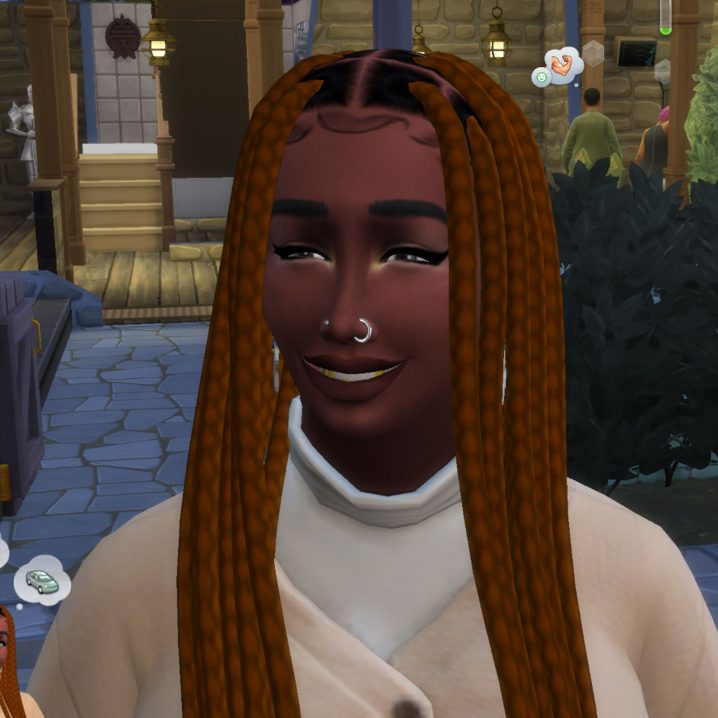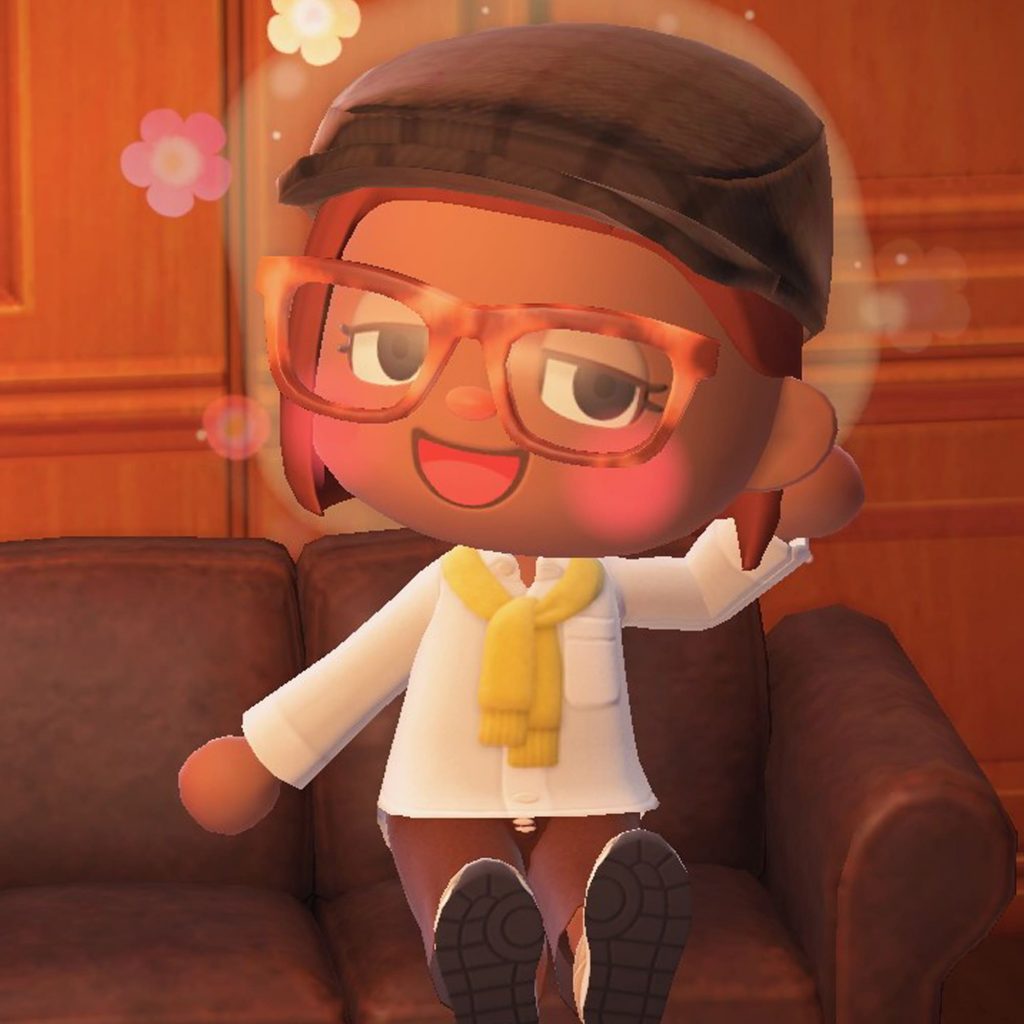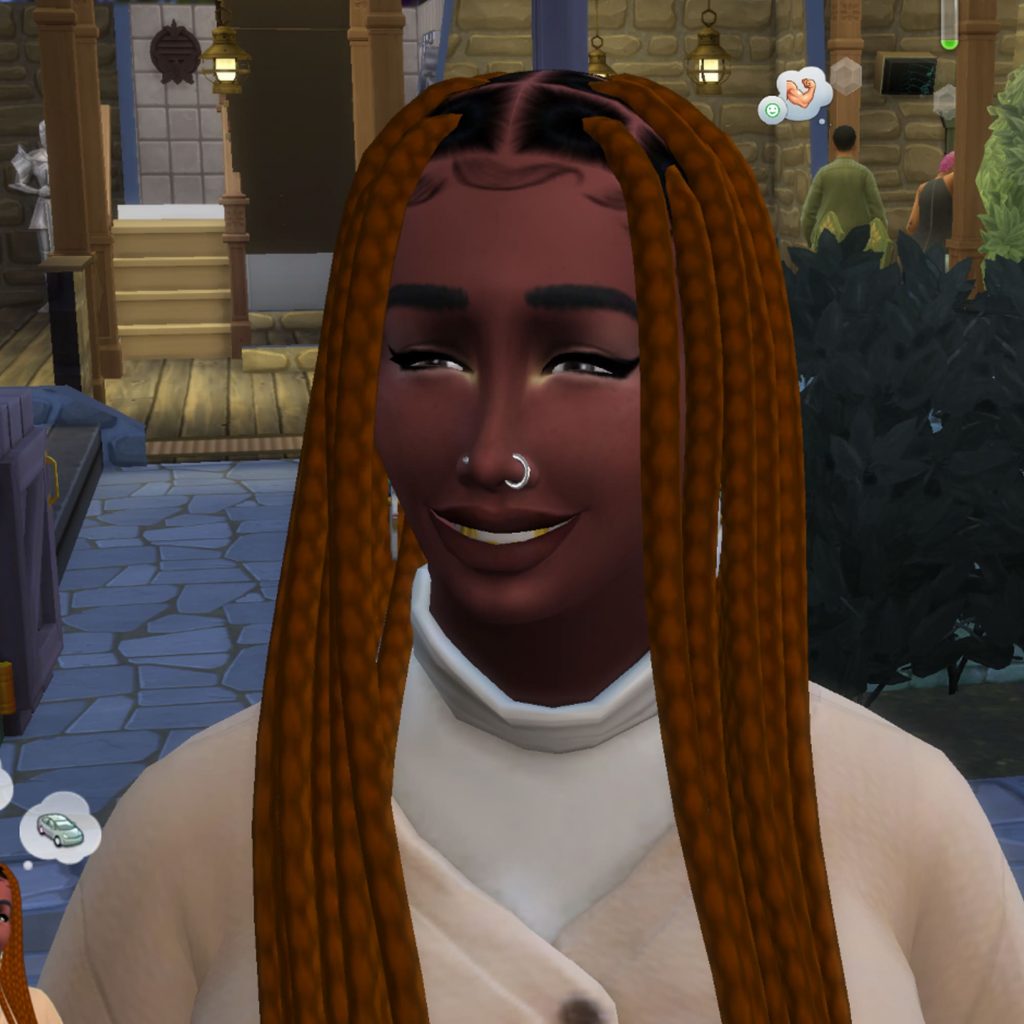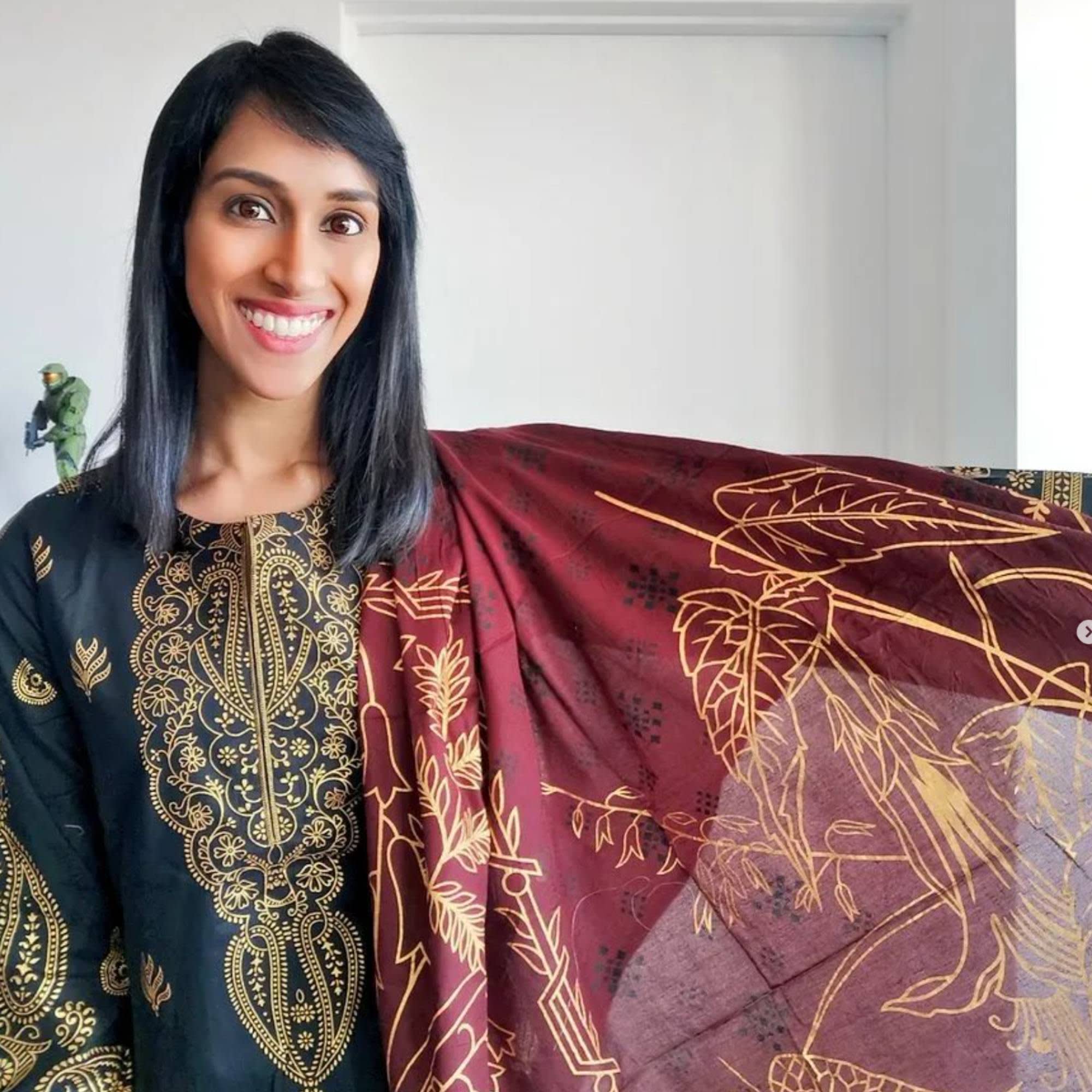
- POPSUGAR Australia
- Gaming
- Black Gamers Still Don’t Fully See Themselves in Games
Black Gamers Still Don’t Fully See Themselves in Games

Like everyone else, I developed a codependent relationship with Animal Crossing: New Horizons to avoid the harsh reality of the pandemic. I spent several hours preparing my island for villagers to move in, attended events with friends and decorated for K.K. Slider to visit and grace our ears with his extensive discography. Gameplay aside, the facet of the game that excited me the most was finding new ways to customise and express myself. Having so many clothing options at my fingertips allowed me the opportunity to develop a personal style that was hardly accessible in real life, and I began to feel as if I could finally see myself in-game.
However, that feeling quickly dissipated. Clothing aside, the other customisable features, like body size, height, gender and, most of all, hair, were all limited and only catered to a white, cishet and thin demographic. When Black gamers called out Nintendo for the lack of inclusivity, a patch was released to include more stereotypically “afrocentric” hairstyles and a few more were added in the 2.0 update, which the developers hoped Black players would be “overjoyed” about. Despite an attempt to be more inclusive, the update still left much to be desired.
Where were the box braids, protective styles and other features that are for Black people?
The conundrum of customizing Black characters goes beyond Animal Crossing — it’s an issue that exists across the realm of gaming, period. Home health aide Kemar Akiel Caldeira says they, too, feel that game developers have made some progress yet continue to miss the mark when it comes to diversifying customisation engines and making them intersectional.
“In Dark Souls III, you can choose a base skin color and then you can change the tone of each layer of skin, which helps capture a wider array of colour unlike franchises like Saints Row and Animal Crossing,” they say. “However, [it still] limits certain things like body build and hair. As a non-binary, Black tall person, there’s no game where I see myself completely in that world.”

For writer and software engineer Gabrielle Alexa Noel, the customisation engines are hardly providing the bare minimum. “Love Island is the only app that gives me the customisation I want, which is totally unlike the reality show it’s based on. However, they still only have really skinny people with no curves, height diversity, etc. They could do a better job,” she says.
Many Black players also feel that minimal changes are only made after several call outs.
“[These games] are only doing a decent job and only after being harangued by their fanbases, and an example of this is The Sims,” says Amanda Dorelus, a content creator.
Fellow simmer and digital artist Reva Rutherford echoes this sentiment and feels that attention to detail is so crucial to making games more realistic and inclusive. “If I’m tryna make a fat Sim, there’s only so much I can do in terms of rolls, distribution of weight, etc. with the base game. I put aspects of myself in all my Sims and it can be limiting sometimes,” they say.
As a Black, fat non-binary simmer myself, I also have mixed feelings about the franchise. The Create A Sim feature doesn’t allow you to choose a gender outside of the binary, and the Afrocentric hairs that Maxis provides aren’t nearly enough to properly represent Black people.
Luckily, there are several content creators, like Ebonix, who create custom content that is not only accessible but visibly and inherently Black. With her recent collaboration with The Sims 4 to create nails for the Spay Day update, we can finally begin to have a gaming experience that honours our identity.

However, there are games that are taking customisation a step further by making it more personal. “NBA 2K’s character creation is phenomenal. You can literally put yourself in the game by using the MyNBA2K22 app to scan your face,” Ebonix says.
Properly representing Black people in games “starts with arts education and accessibility, as well as unlearning [social and personal] biases,” says 3D designer Khadijat Yussuff.
Unpacking antiblackness is crucial to Black representation. We are so much more than poorly drawn cornrows and limited skin tones. We need to see ourselves.
“Immersion is key in gaming, and the missed opportunity to appeal to a larger audience, especially [Black people], is something that needs to be acknowledged,” says illustrator Jiran Cipher.
Game developers need to do more than just listen to feedback from Black gamers. They also need to include them in the development process.
“Utilizing Diversity, Equity and Inclusion consultants, like myself, [to assess] character creation assets and make sure that these things aren’t an afterthought is important,” Ebonix says. “People want to be able to make a character that represents their true selves.”
Blackness is ubiquitous, and that needs to be apparent in the games we play as well.


